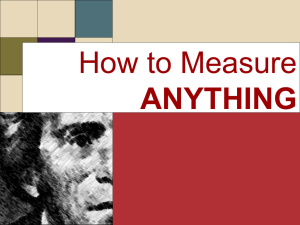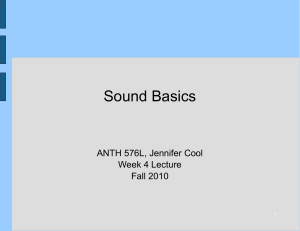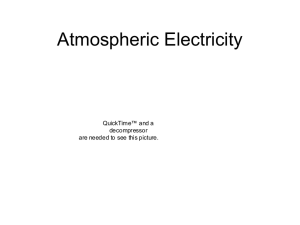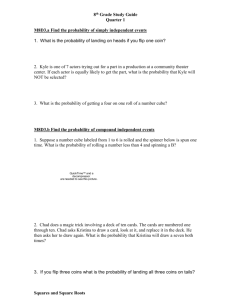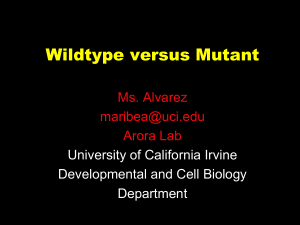Managing Conflicts Well inet - Bukal Life Care & Counseling
advertisement
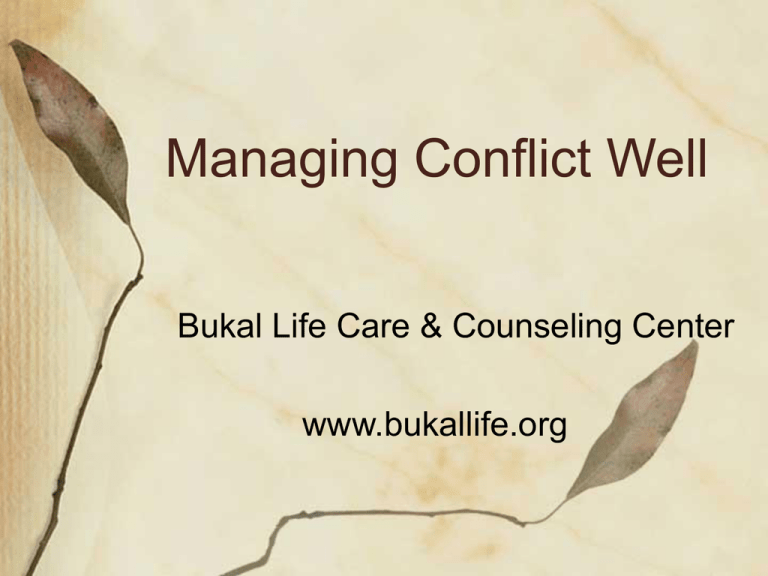
Managing Conflict Well Bukal Life Care & Counseling Center www.bukallife.org What is conflict? Define: Hidwaan Alitan Di Pagkakasundo Di Pannakatunusan <Focus is on issues rather than behavior in relationships> Think about it… It is hardly possible to live without conflict unless we live by our lonely self, and eventually die of boredom. “Wilson,” co-star in Castaway QuickTime™ and a decompressor are needed to see this picture. “No man is an island entire of itself; every man is a piece of the continent, a part of the main; “ -John Donne QuickTime™ and a decompressor are needed to see this picture. Psalm 133:1 “How good and pleasant it is when brothers live together in unity” What is a Group? All groups include 2 or more INTERDEPENDENT individuals who INFLUENCE one another through SOCIAL INTERACTION. What is an Aggregate? Any gathering of people. How might one differentiate between a group and an aggregate? Uniqueness of Groups Interaction-- both activities and interpersonal relations. Structure-- roles, norms, interpersonal relations. Cohesion-- unity of the group. Social and Collective Identity-recognition of being a member of a group. Goals-- reasons for formation and continued existence of group. Name the Group Review Model of Group Development (McBride) QuickTime™ and a decompressor are needed to see this picture. Forsyth 5 Stages of Group Development QuickTime™ and a decompressor are needed to see this picture. Forming Stage Getting acquainted How will the group function Developing norms Clarifying expectations Is it (the group) safe? Storming Evidence of problems: -Criticismal idea -Poor attendance -Hostility -Polarization -Coalition formation (cliques) Storming Stage QuickTime™ and a decompressor are needed to see this picture. Conflict Common as harmony Key ingredient for creative cohesion Assists groups to clarify goals Provides a means of venting personal hostilities Why do we get into conflict? Reason #1: Social Dilemma <“unenlightened” self-interest> [GAME] #2 Personal Conflict #3. Substantive Conflict 4. Procedural Conflict 5. Competition Groups can avoid traps leading to unresolved disagreements through face-to-face communication Setting Group Goals is more advantageous than individual goals. It is better to find resolution to a conflict than winning and end up losing altogether QuickTime™ and a decompressor are needed to see this picture. QuickTime™ and a decompressor are needed to see this picture. 7 Core Beliefs #1 Conflict is normal in a close relationship. #2. Healthy relationships cannot be built on a 50-50 philosophy #3. A commitment to honesty is essential #4. High stress usually lowers our tolerance to conflict. #5. Spiritual resources are vital to managing conflicts #6. Methods of managing conflict are normally different from one culture to the next. #7. Disagreements can be an opportunity to build one another up. “Dos” in Conflict Management Take it to the Lord first Deal with conflicts ASAP Keep to the present Concentrate on one issue Use “I” statements Establish and observe “belt lines” Express feelings appropriately “Don’ts” in Conflict Management Don’t attack each other’s character Don’t “mind read” Don’t make prophecies Don’t counterattack Don’t try to win Don’t seek revenge Don’t dump your problem on other people. Suggested Strategy #1. Ask yourself some questions ---Is this disagreement something that I can let go of? ---Is this an important or trivial issue? ---Is the problem primarily… me? ---Am I willing to be honest and caring? ---Am I ready to explore options for a mutually agreeable solution? #2. Bring up the issue <Note: Timing is crucial!!> #3. Explain the conflict State exactly what the person does and the effects. Focus on “Tender” feelings, versus “Crusty” feelings. #4. Propose a tentative solution Tentative attempt to find a MUTUALLY satisfactory solution. Seek regular feedback. #5. The Other Person Responds Three different responses: 1. May agree with your ideas. 2. May disagree completely. 3. May suggest one or more other options, ideas, modifications. Seek a verbal agreement If agreement, go to step 7 If no agreement go to step 6 (Intermission to calm down and rethink things). Then go back to step 5. 7. Deal with anger issues If needed, ask for and grant forgiveness. Granted, not demanded Process Demonstrated with actions #8. Review the conflict Review alone Review together





